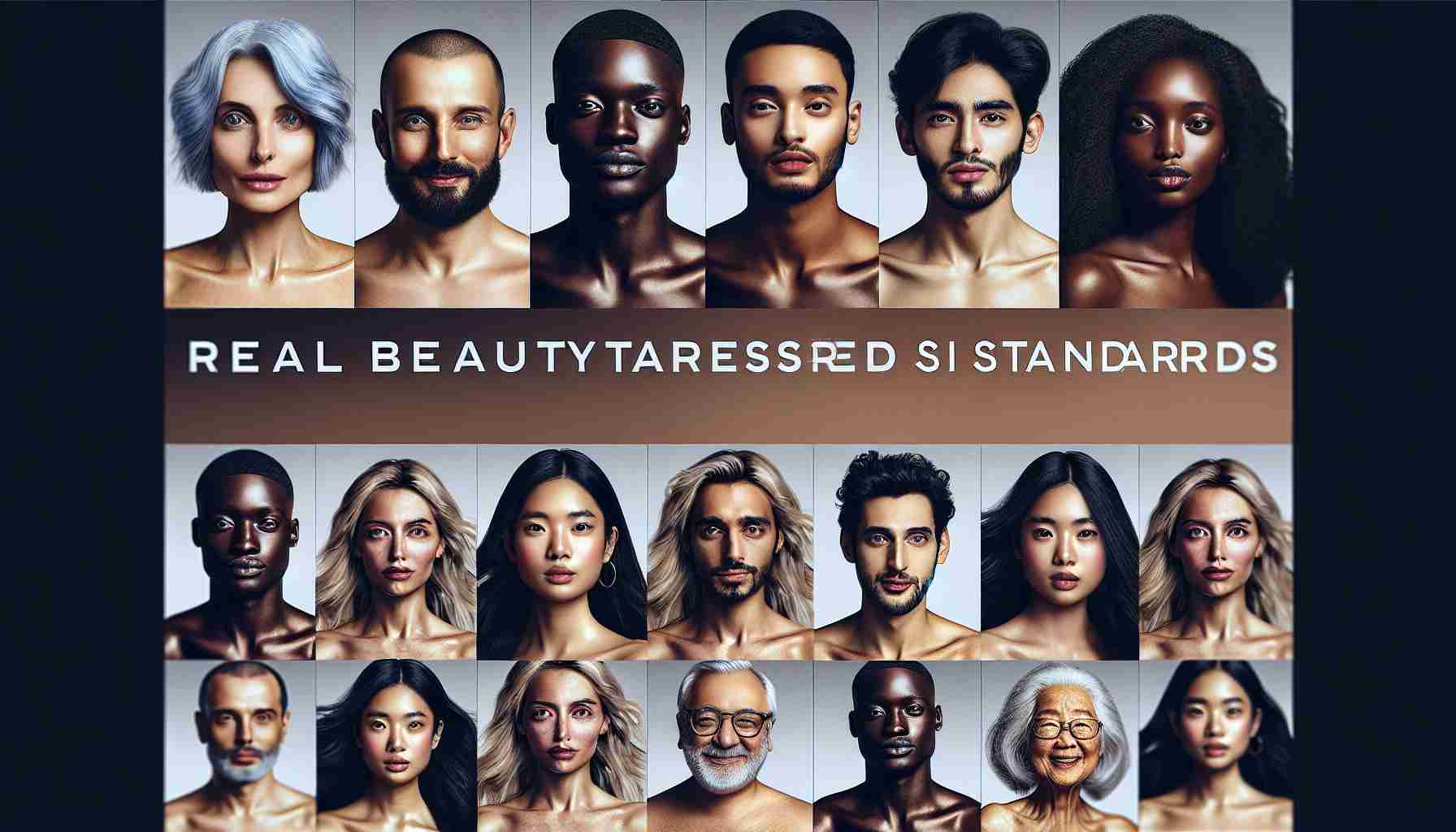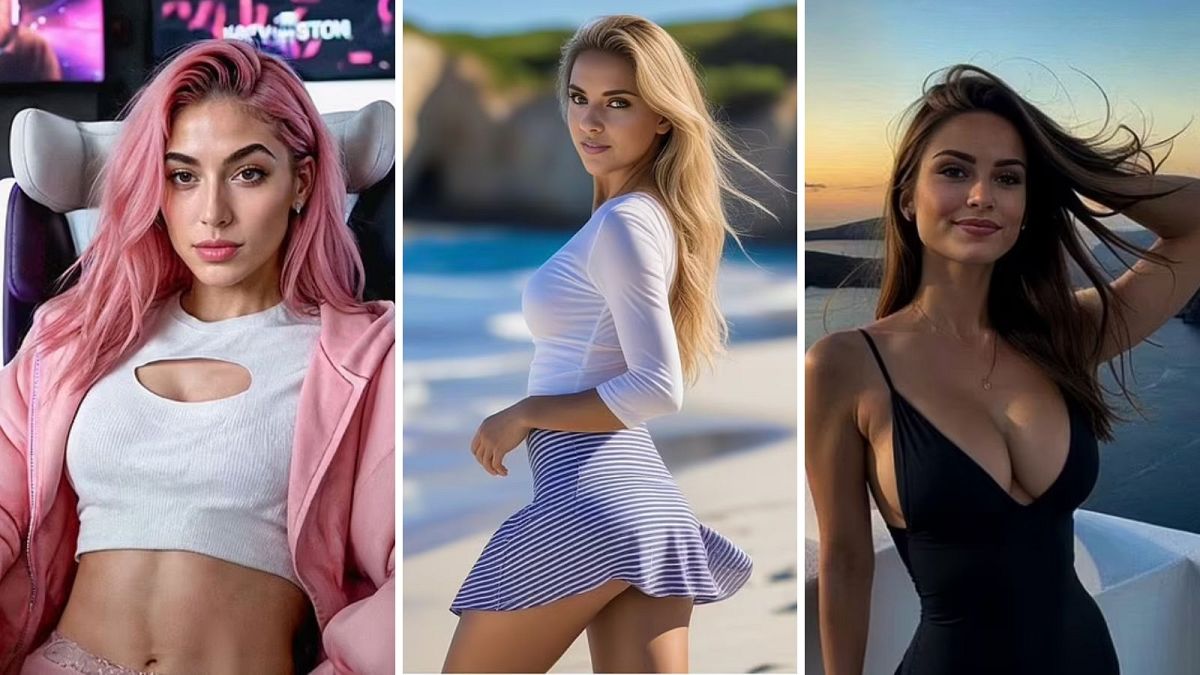The rise of the AI beauty pageant and its complicated quest for the...
Ten women participating in a beauty pageant is nothing new. Some pose candidly, some play to the camera, their beauty forever frozen in this moment in time. Like many other pageants held in countries around the world, the contestants are young, thin and embody many of the standards defining traditional “beauty.”

But that is where the similarities to a traditional beauty pageant end. None of these women are real — everything about them, even the emotion that flickers across their faces, is generated by artificial intelligence (AI), for the world’s first ever AI beauty pageant. Each has a creator or team of creators, who use programmes like Open AI’s DALL·E 3, Midjourney or Stable Diffusion to generate images of the women from text prompts.
Contestants of "Miss AI"

These 10 contestants have been selected from a pool of more than 1,500 entrants to make the final of “Miss AI,” scheduled to be held at the end of June and broadcast online by its organizers “The World AI Creator Awards.”
For those involved, the event is an opportunity to showcase and demystify the technology’s extraordinary abilities. But for others, it represents a further proliferation of unrealistic beauty standards often linked to racial and gender stereotypes and fueled by the ever-increasing number of digitally enhanced images online.
Challenges and Biases in AI Beauty Standards
Dr Kerry McInerney, a research associate at the Leverhulme Centre for the Future of Intelligence at the University of Cambridge, expressed concerns about the loss of touch with unedited faces due to the prevalence of AI-generated beauty standards.

Racial and gender biases ingrained within beauty standards also seep into programmes that use AI to generate images, perpetuating homogenous ideals of beauty.
Research has found that AI reflects these gender and racial stereotypes when generating images, which can be concerning in terms of diversity and representation.
Addressing Beauty Norms through AI
Despite the challenges, there is a recognition that AI technology itself is not necessarily the problem, but rather how it is used to replicate existing beauty norms. The creators of AI models aim to encourage diversity and acknowledge the existing issues surrounding beauty standards.

AI and robotics have historically been used to create the image of a “perfect woman,” highlighting the complex relationship between technology and beauty standards.
The Role of AI Influencers
AI influencers, such as Seren Ay and Aitana López, have emerged as marketing tools, showcasing the potential of AI personalities in the digital realm.
These AI influencers have garnered significant followings and partnerships with brands, blurring the lines between real and artificial identities in the realm of social media.
Judging Criteria and Beyond
Competition organizers emphasize that entrants will be judged on more than just their beauty, taking into account their creators’ use of AI tools, social media influence, and the backstory behind each avatar.
Ultimately, the rise of AI beauty pageants raises complex questions about beauty standards, authenticity, and the evolving role of technology in shaping societal perceptions of beauty.




















